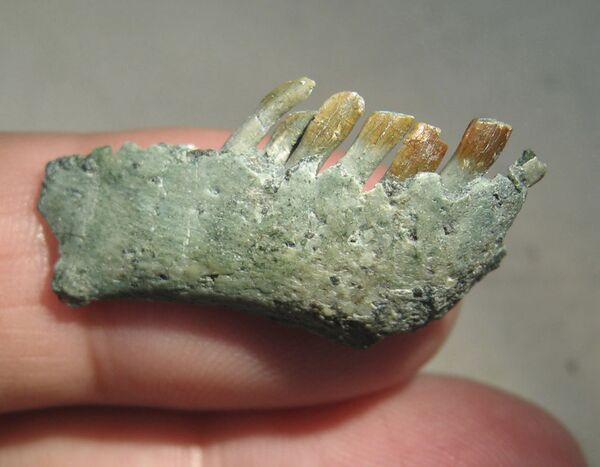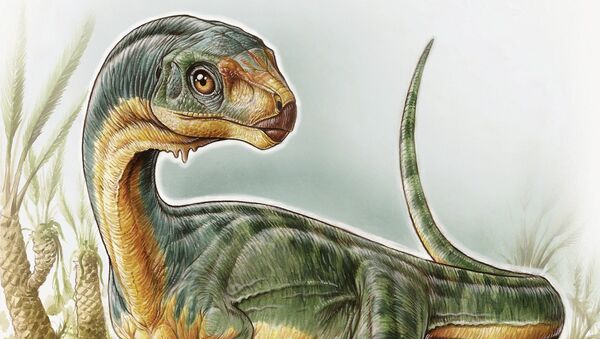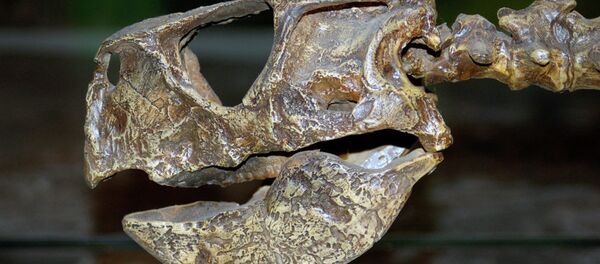The so-called "platypus" dinosaur was discovered in Chile by paleontologists from the University of Birmingham and other institutions, who dubbed it Chilesaurus diegosuarezi, according to the findings they published in the journal Nature.
Despite the fact that Chilesaurus was closely related to the notorious carnivore Tyrannosaurus rex, scientists believe that the "platypus" dinosaur could have grazed on plants.

"Chilesaurus can be considered a 'platypus' dinosaur because different parts of its body resemble those of other dinosaur groups due to mosaic convergent evolution," Martín Ezcurra of the University of Birmingham explained.
Chilesaurus is thought to have had a proportionally small skull and hands with two fingers like Tyrannosaurus rex; at the same time, it had feet that were more like those of primitive long-neck dinosaurs.
According to paleontologists, the "platypus" dinosaur was on average the size of a turkey, but some isolated bones indicate that the maximum size of Chilesaurus was about three meters long.
Martín Ezcurra, for his part, stressed the importance of the discovery.
Chilesaurus diegosuarezi was named after a seven-year-old Chilean boy, Diego Suárez, who discovered the dinosaur fossil at the Toqui Formation in Aysén, south of Chilean Patagonia.
The boy was reportedly with his geologist parents, who were exploring rocks in order to shed more light on the formation of the Andes mountain range.


